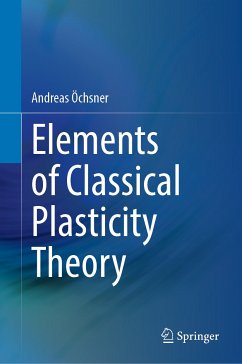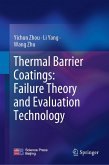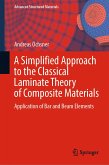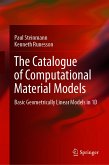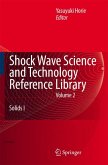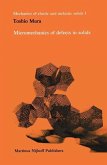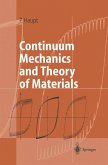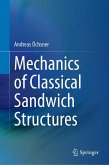This monograph provides a compact introduction into the classical, i.e. rate-independent, plasticity theory. Starting from the engineering stress-strain diagram, the concept of elastic and elasto-plastic material behavior is introduced, as well as the concept of uniaxial and multiaxial stress states. Continuum mechanical modeling in the elasto-plastic range requires, in regards to the constitutive equation, in addition to the elastic law (e.g. Hooke's law), a yield condition, a flow rule and a hardening rule. These basic equations are thoroughly introduced and explained for one-dimensional stress states. Considering three-dimensional plasticity, different sets of stress invariants to characterize the stress matrix and the decomposition of the stress matrix in its hydrostatic and deviatoric part are introduced. Furthermore, the concept of the yield condition, flow rule and hardening rule is generalized for multiaxial stress states. Some typical yield conditions are introduced and their graphical representation in different stress spaces is discussed in detail. The book concludes with an introduction in the elasto-plastic finite element simulation of mechanical structures. In the context of numerical approximation methods, the so-called predictor-corrector methods are used to integrate the constitutive equations. This is again introduced in detail based on one-dimensional stress states and afterwards generalized to the three-dimensional case. Test your knowledge with questions and answers about the book in the Springer Nature Flashcards app.
Dieser Download kann aus rechtlichen Gründen nur mit Rechnungsadresse in A, B, BG, CY, CZ, D, DK, EW, E, FIN, F, GR, HR, H, IRL, I, LT, L, LR, M, NL, PL, P, R, S, SLO, SK ausgeliefert werden.

